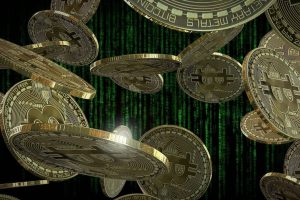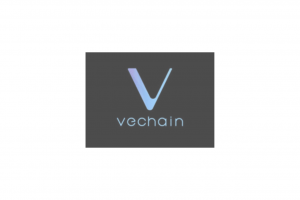What is a Rug Pull
A rug pull is a type of fraud that occurs in the decentralized finance (DeFi) ecosystem that involves the creation of a worthless token, which is then listed on a decentralized exchange (DEX) and paired with a leading cryptocurrency like Ether.
The creators of the token conduct a marketing campaign to attract investors, who then invest large amounts of money in the token.
Once the amount invested is sufficient, the creators “pull the rug” by withdrawing all the funds from the liquidity pool, making the token untradeable and reducing its price to zero or rather useless.
NB: What is a liquidity pool?
A liquidity pool is a collection of funds used to provide liquidity to a financial market or asset, particularly in the decentralized finance (DeFi) ecosystem.
These pools are created when users deposit their assets into a smart contract, which allocates the assets to a pool and rewards the users with a share of the pool’s fees.
Liquidity pools allow traders to buy and sell assets without waiting for a matching buyer or seller, and they can be used for various assets including cryptocurrencies, stablecoins, and other financial instruments.
They are essential for facilitating efficient trading and providing liquidity to the DeFi market.
How Do Rug Pools Work
Rug pulls are a type of fraud that often occur in the decentralized finance (DeFi) space.
In this ecosystem, there is no central authority overseeing and regulating the activities of different projects.
As a result, it is important for investors to be aware of potential risks and to know what to look out for in order to avoid falling victim to fraud.
Despite the potential for high returns in the DeFi space, it is essential to exercise caution in order to protect your investments.
In order to carry out a rug pull, malicious individuals first create a useless token and list it on a decentralized exchange (DEX) in conjunction with a popular cryptocurrency such as Ether.
They then promote the token through a marketing campaign in order to attract investors. Once a significant amount of money has been invested in the token, the creators “pull the rug” by removing all the assets from the liquidity pool, making it impossible to sell the token and causing its value to drop to zero.
A rug pull is a type of cryptocurrency fraud that is similar to a “pump and dump” scheme.
In a “pump and dump,” individuals manipulate the price of a token by buying large amounts of it and then selling it, causing the price to drop significantly and leaving investors holding worthless coins.
In a rug pull, the creators of a cryptocurrency project create a worthless token, list it on a decentralized exchange, and conduct a marketing campaign to attract investors.
Once the token has received a sufficient amount of investment, the creators withdraw all of the assets from the liquidity pool, making the token impossible to sell and reducing its price to zero.
Unlike in a “pump and dump,” there is no liquidity left in a rug pull, making the token untradeable.
How to Identify a Rug Pull
There are a number of things you can do to help spot a rug pull:
- Consider the risks of investing in a project with a short history: Be wary of projects that have only recently emerged and may not have a long track record.
- Examine the liquidity in the token’s pool: Low liquidity can make it difficult to convert a token to cash and allows developers to manipulate its price. Check the project’s 24-hour trading volume to gauge its liquidity.
- Verify that the liquidity is locked: Make sure the majority of the liquidity is locked, which means the developers cannot remove it arbitrarily.
- Test your ability to sell: Some projects may prevent investors from being able to sell their tokens. Try investing a small amount first and then attempting to sell it to ensure you have control over your assets.
- Investigate the token’s distribution: If a large portion of funds is held by just a few individuals, it could be a sign of risk. Use blockchain scanners like Etherscan or BscScan to check the distribution.
- Research the team behind the project: Find out about the development team by looking at their LinkedIn profiles and doing online research. An anonymous team could be a cause for concern.
- Examine social media and Telegram chats: A genuine community should have a wide and growing membership, with conversations about various topics, not just the token’s price. If you are deleted, muted, or banned without good reason, it could be a warning sign.
- Look for an audit from a reliable third party: If there is no audit available, there may be bugs in the code that could expose you to fraud. If there is an audit, it’s a good idea to read it, but keep in mind that it does not guarantee the project’s safety. You can check for audits on independent auditing websites such as RugDoc, Token Sniffer, and Bscheck.
Investors should be aware of the risks of fraud and take steps to protect themselves. This includes thoroughly researching any investment opportunities to ensure they are legitimate. Being aware of scams and taking the time to do proper research can help protect against financial losses.



